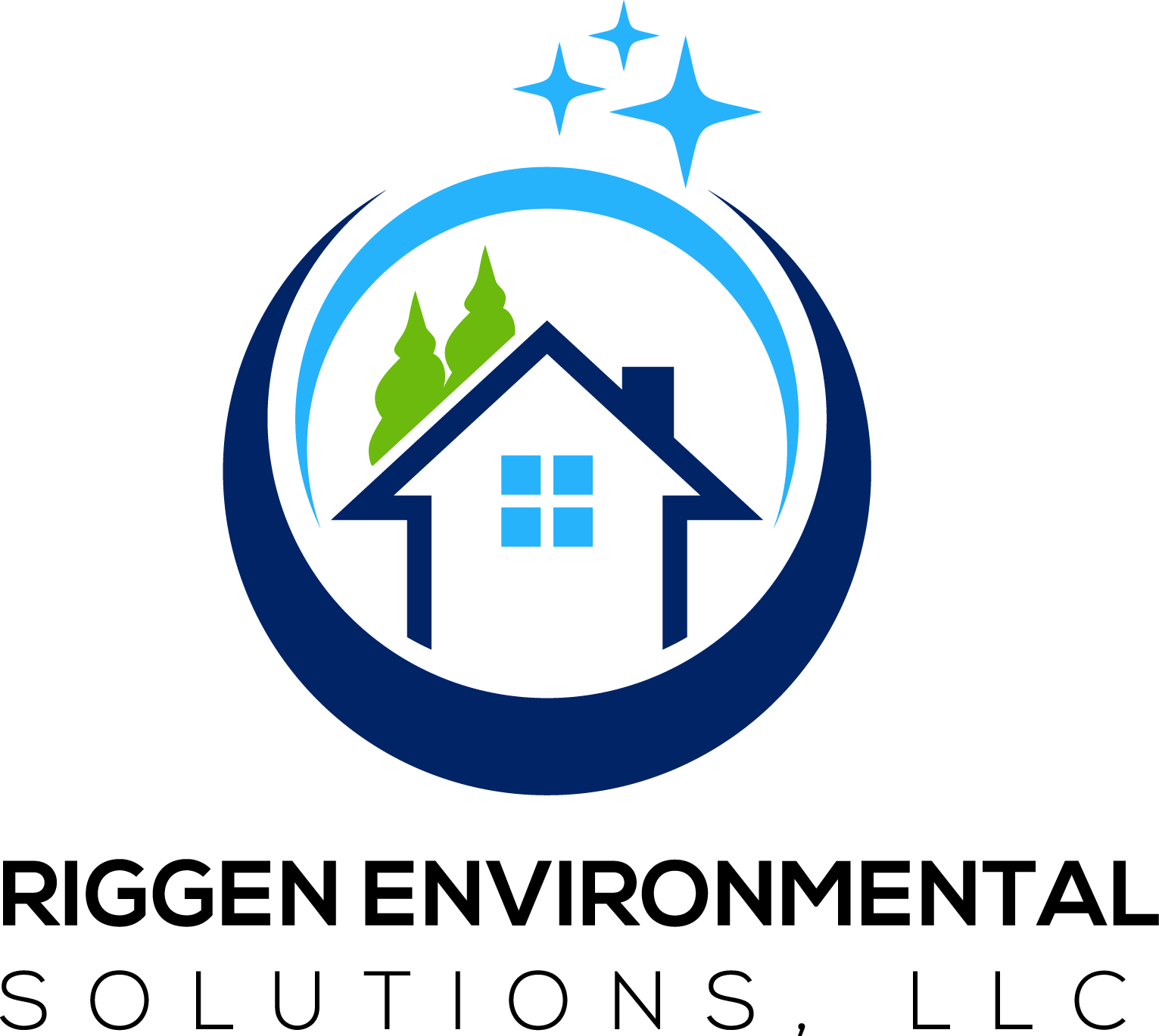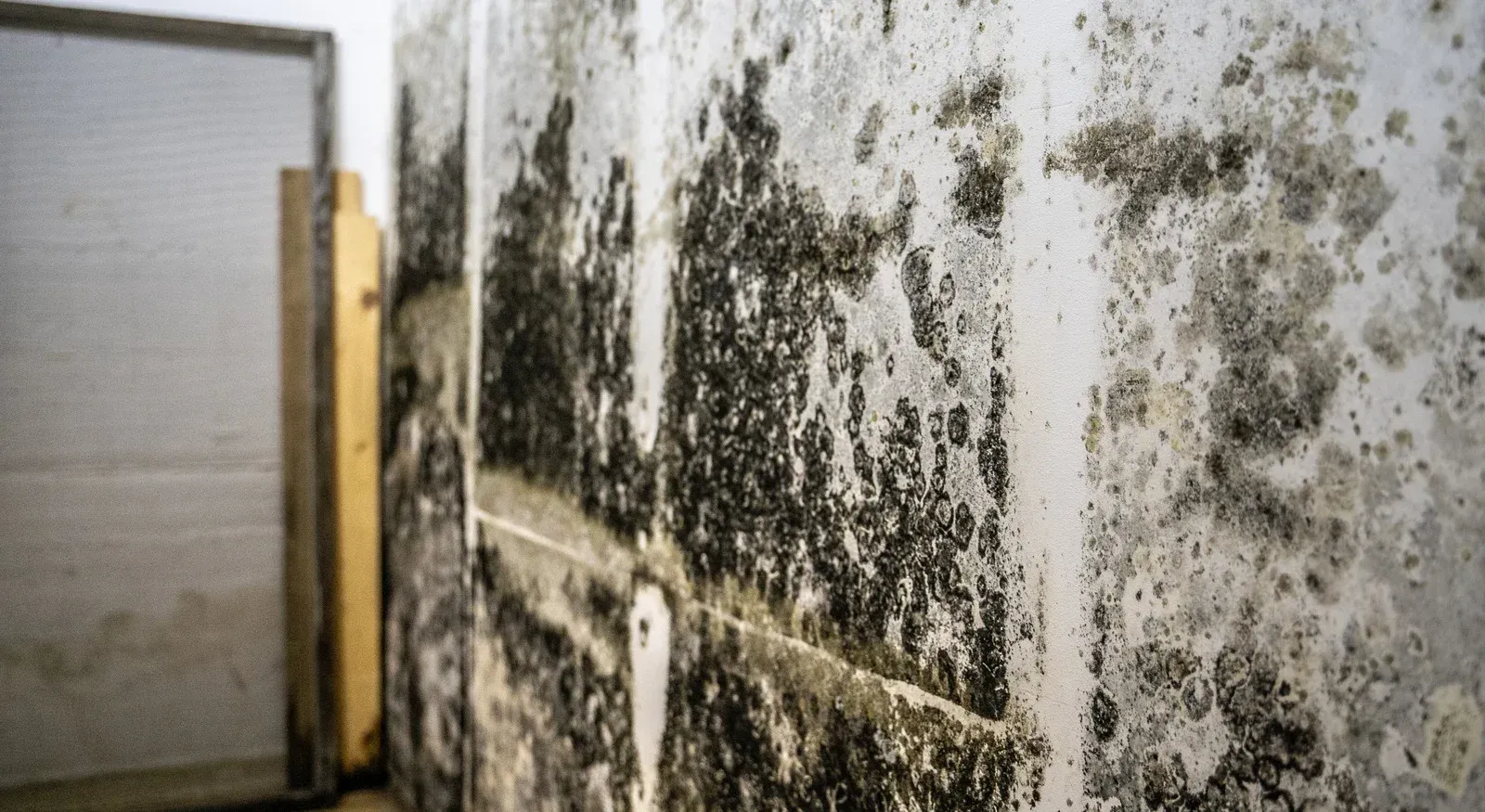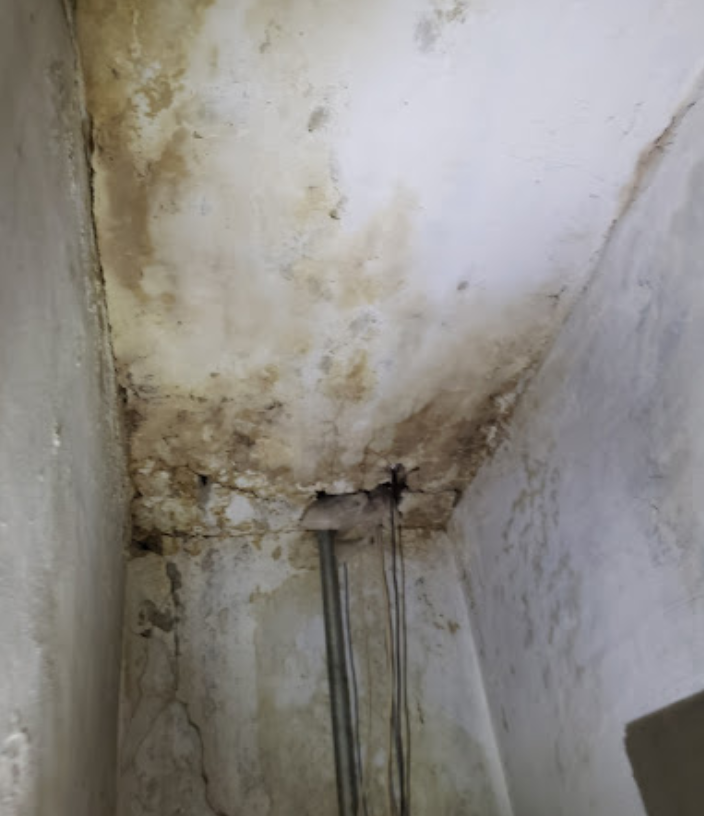The Dangers of DIY Mold Removal: Why You Need an Expert
Mold is more than a surface-level nuisance—it’s a silent threat that grows quickly, spreads easily, and poses serious risks to both health and property. For homeowners trying to cut corners or save a few dollars, DIY
mold removal may seem like a manageable task. However, what many fail to realize is that improper handling of mold often causes more harm than good. Without the right tools, techniques, and containment procedures, a DIY approach can make the infestation worse, allow it to spread, and trigger health complications for everyone in the home.
Mold Spreads Beyond What You Can See
Mold spores are microscopic and can become airborne with minimal disturbance. When an untrained person scrapes at moldy surfaces or uses household cleaners, spores are often released into the air and settle on other surfaces, continuing the cycle of contamination. What appears to be a clean wall today can turn into a breeding ground for mold in just a few days if not treated correctly from the start.
Health Risks Are Real and Widespread
Health risks tied to mold exposure can range from minor respiratory irritation to severe allergic reactions and long-term conditions. People with asthma, compromised immune systems, or allergies are particularly vulnerable. Even short-term exposure to airborne spores can cause sneezing, coughing, skin rashes, and eye irritation. Attempting to remove mold without protective gear or proper ventilation significantly increases exposure risks, especially for children and the elderly.
Household Cleaners Are Not Enough
Another common mistake in DIY mold cleanup is relying on bleach or general-purpose cleaning products. While bleach may remove surface stains, it doesn’t reach the root of the mold in porous materials like drywall or wood. This leaves the mold’s structure intact and ready to regrow. Materials such as insulation and carpet padding often require full removal to stop the spread.
True Remediation Goes Beyond Cleaning
Proper mold remediation includes much more than removal. It requires thorough containment, advanced air filtration, moisture control, and sometimes structural repair. Professionals use HEPA filters, negative air pressure systems, and moisture meters to detect and treat the issue at its source. Skipping just one of these steps could result in mold returning—and bringing higher long-term costs with it.
Hidden Growth Needs Specialized Detection
Visual inspections aren’t enough to rule out mold. It often hides inside walls, under floors, and behind baseboards. Professionals use tools like thermal imaging and moisture mapping to detect concealed growth. DIY efforts often overlook these spaces, giving mold time to spread unnoticed and untreated.
Improper Removal Causes Costly Damage
When mold isn’t handled properly, it doesn’t just return—it spreads further. What starts as a small problem in one area can quickly become a full-home issue if spores travel through HVAC systems or wall cavities. DIY efforts may save money initially, but they often lead to costly repairs, recurring infestations, and worsening indoor air quality down the line.
Protect Your Home with Trusted Professionals
At Riggen Environmental Solutions, protecting homes and families from mold has been our priority for over 20 years. Based in Providence, RI, our experienced team follows proven procedures to eliminate mold at its root, preventing it from coming back and restoring safe indoor air quality. Mold is not something to take lightly—or tackle alone. Call us today for a professional evaluation and remediation plan you can trust.



